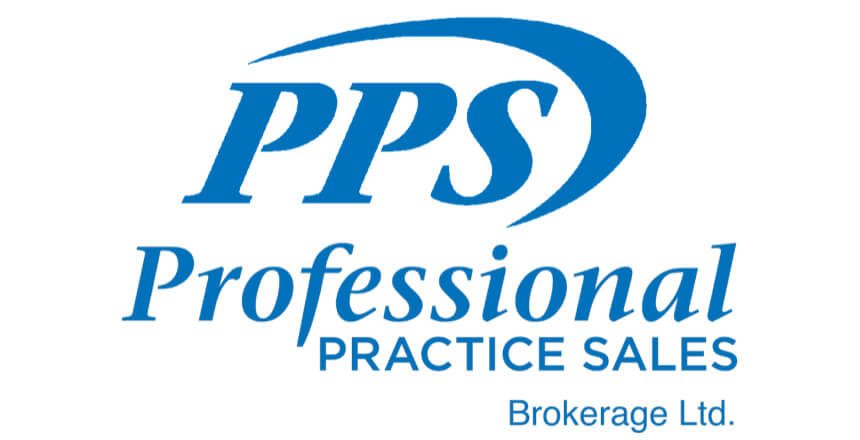
We have been engaged by several buyers recently to provide a valuation for a target practice they were considering acquiring. That by itself is not interesting as we have performed this function for buyers (and banks for financing purposes) for many years. What is interesting is the timing of our engagement and the outcome as a result of our findings.
In a more balanced market, we would generally be contacted to provide our valuation prior to the Purchaser and Vendor negotiating the terms and conditions of a transaction. The last few years have seen quite an imbalance in the market where there are more buyers than sellers. This fact has caused buyers to try to secure the target practice by negotiating the terms and conditions of a deal before they know its true value. Then, after the fact, they get us involved in order to confirm what they think they are buying or verify what has been represented to them is accurate. This can be an effective way to proceed, however as you’ll see, it can also be a frustrating waste of time, money, and potential lost opportunity.
Regular readers of The Professional Advisory will remember that the primary drivers of practice value are Patients and Profit. In order to assess value it is not appropriate to simple apply a multiple of gross revenue and make an offer such as “I will buy your dental practice for 100 per cent of your gross”. The following examples will show you why.
Example 1
We were contacted the buyer who was a past valuation client for her own office. She had made an offer of $600,000 for an additional practice. The legal agreements provided a condition that she get her own valuation done. The target practice was in a Toronto medical building. It was one of several practices this Vendor had in Toronto. It was about 20 years old, had four operatories in approximately 1,000 square feet. The practice had a three year average gross income of $650,000. When we performed our chart audit we discovered that this practice only had 380 recall patients and 810 active patients (of which 230 were new). This gives us billings per recall patient of $1,725 which is virtually impossible. What was going on here? We discovered that this Vendor moves patients from one office to another to accommodate his schedule. Therefore, while the gross revenue was performed in that office, it was generated on patients that were not patients of that office. The vendor had also switched from a “Dental Accountant” to a cheaper accountant who was reporting revenue from multiple locations on one set of statements. It was difficult to get the accurate financial data for that location only. Once we did, our valuation came in at roughly 40per cent of gross. Needless to say the Purchaser abandoned the transaction.
Example 2
In this situation we were referred to the client by his practice management consultant. He engaged us to do a valuation that he needed in order to get financing on this practice he was getting a “great deal” on. The practice was in South Western Ontario. Purchaser was paying $850,000 for a practice that grossed over $1.2 million last year. It had eight operatories of fairly modern equipment and was located in a good stable ground floor professional centre. The problem here was the Vendor had allowed a colleague in need to move into his practice. This colleague brought his own patients and generated approximately $350,000 of the $1.2 million. He was paid the normal 40 per cent associate split. This colleague had recently left (with his patients) so the revenue would not be recurring. After normalizing out the one time revenue, we were left with a practice that had steadily declining revenue over the last three years and flat overhead. Naturally the bottom line was taking a serious hit and the facility is grossly under-utilized. The practice was valued at around $750,000 and the deal did not proceed.
In both of these cases, the Vendors accepted the outcome and were quite interested to learn the necessary steps they needed to take to properly prepare their practice for a future sale.
While we take no joy in being the purveyors of information that may scuttle a deal, we do feel it is important that Buyers always empower the rule, Caveat Emptor, in order to ensure they are making intelligent buying decisions. The more transparent approach is for the Vendor to have the practice valued by a professional valuator before putting it on the market. That way, anomalies, such as those noted above could be identified and corrective action taken before entering into negotiations to sell what, in many cases, is their life’s work. Vendors who do this, do so with the intention of providing full disclosure and receiving fair value for what they have built. That is probably the best way to put a deal together.

